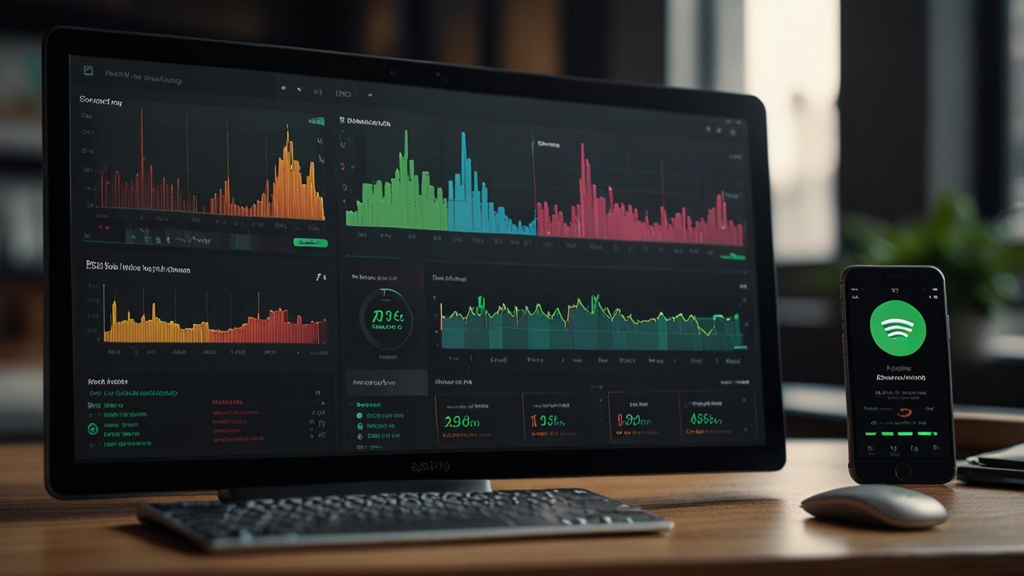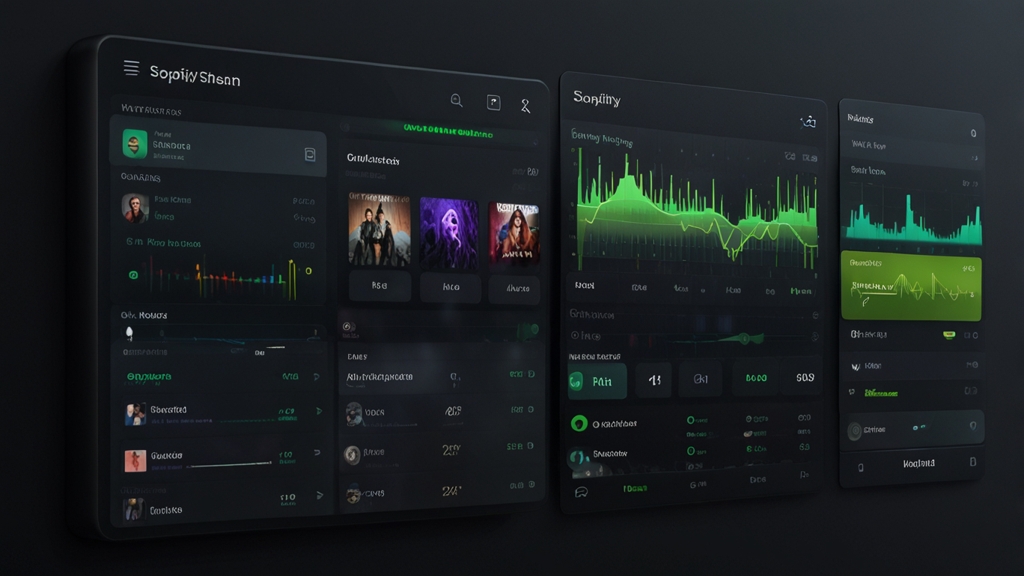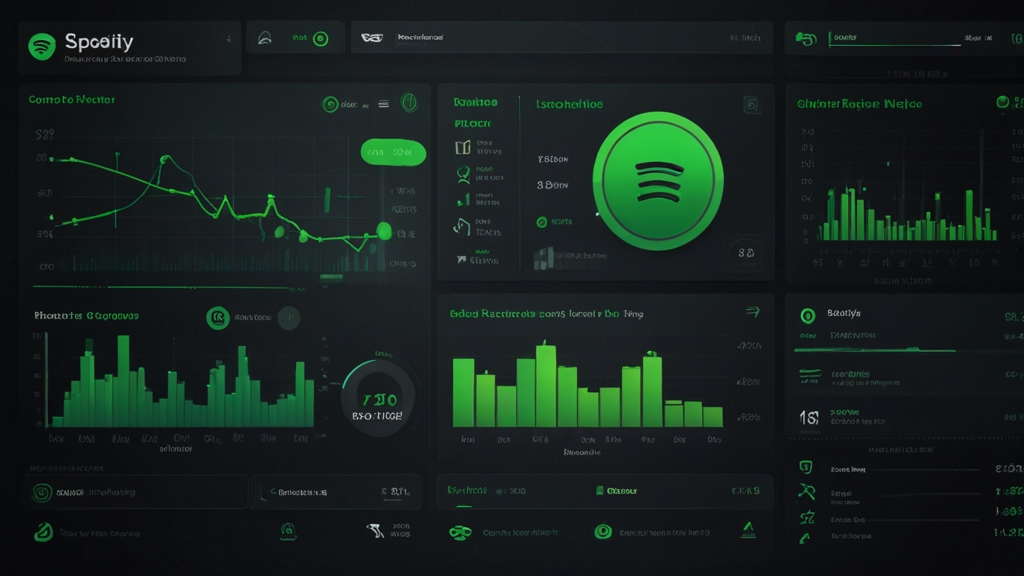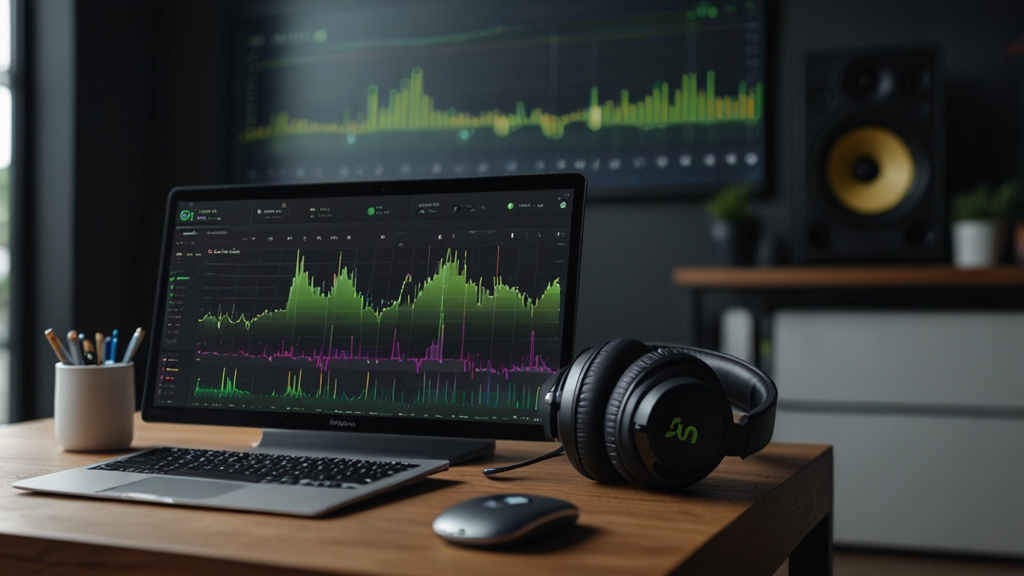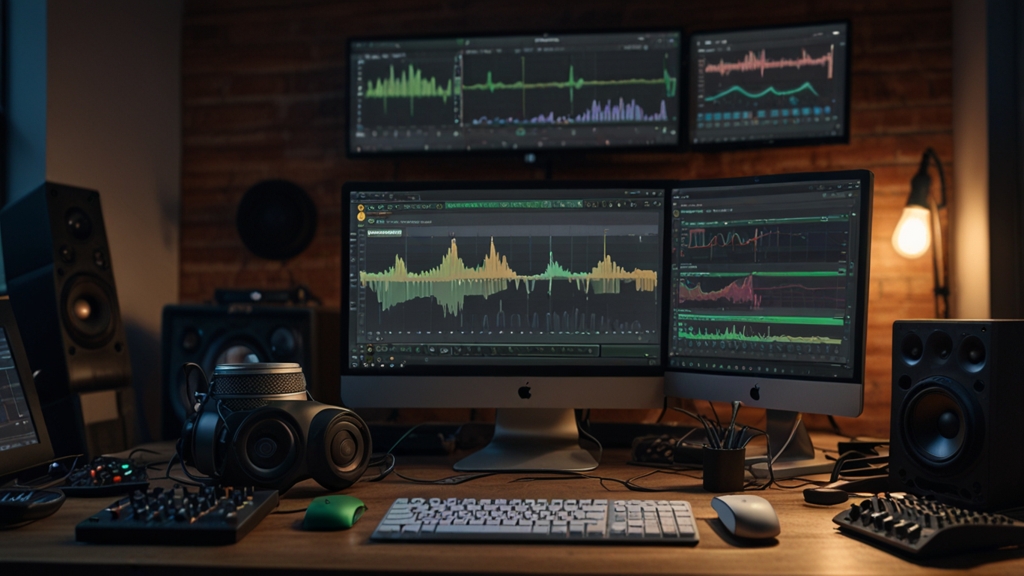Decoding Spotify's Skip Rate Algorithm and Its Impact on Playlist Placement
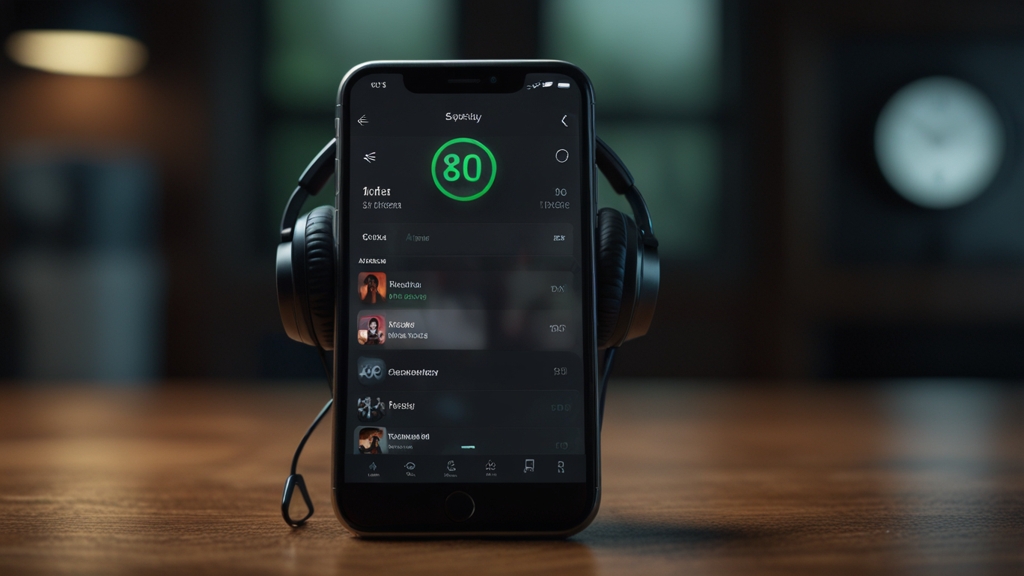
Your song's fate on Spotify literally gets decided in the first 30 seconds. The platform's skip rate algorithm tracks when listeners bail on your track, and anything above a 70% skip rate basically tells Spotify your song is trash. Harsh? Maybe. Accurate? Absolutely.
Here's what's actually happening behind the scenes: Spotify measures skip rate as the percentage of listeners who hit next before your song finishes. If 100 people start your track and 80 skip it, you're sitting at an 80% skip rate. Playlist curators see these numbers, and they're not keeping songs that make people reach for the skip button.
The algorithm gets even pickier with playlist placement. Editorial playlists like "Today's Top Hits" require skip rates below 40% just to stay in consideration. Your track needs to hook listeners immediately - we're talking within the first 15 seconds. That's why you'll notice most successful Spotify tracks drop the hook or chorus right at the beginning instead of building up slowly.
Smart artists are gaming this system by front-loading their best elements. Take Billie Eilish's "bad guy" - the iconic bassline hits at second three, not after a lengthy intro. This strategy directly impacts your ability to increase Spotify monthly listeners because the algorithm rewards songs that keep people engaged. Low skip rates signal quality content, pushing your track to more Discovery Weekly playlists and recommended feeds.
Listen Time Thresholds That Trigger Spotify's Recommendation Engine
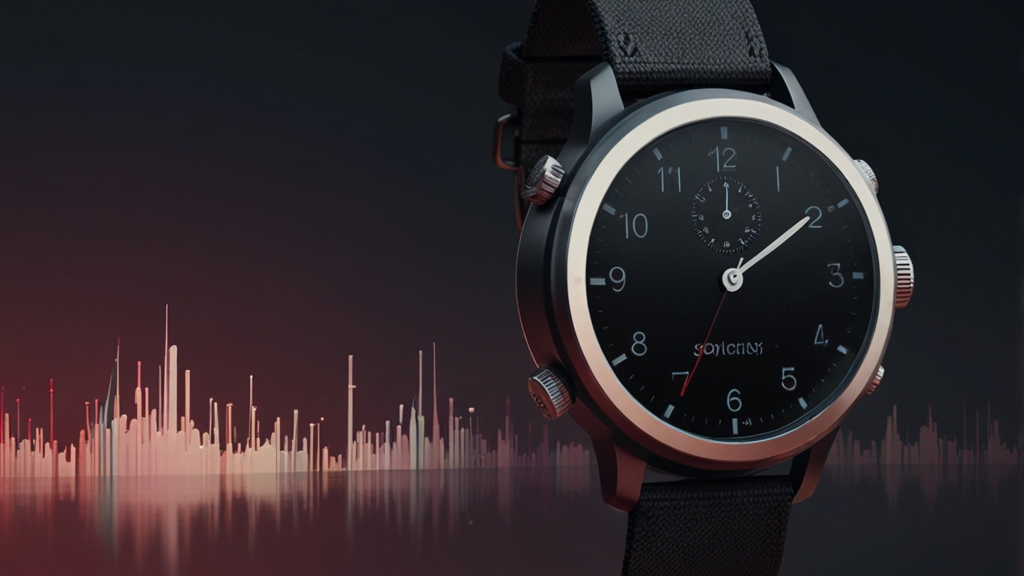
Here's the thing about Spotify's listen time thresholds - they're not officially published, but industry data reveals some pretty clear patterns. The magic number that gets Spotify's algorithm paying attention? Thirty seconds minimum. But honestly, that's just the bare minimum to avoid being labeled a complete skip.
The real sweet spot starts at 60-90 seconds of continuous listening. Once your track hits this threshold consistently across multiple listeners, Spotify's recommendation engine begins treating it as "engaging content." This is when you start seeing your song appear in Discover Weekly, Release Radar, and those coveted algorithmic playlists that can make or break your streaming numbers.
But here's where it gets interesting - completion rate matters more than raw listen time. A 2-minute song with 80% completion rate will outperform a 4-minute track that people abandon halfway through. Spotify's system calculates this as a percentage, so shorter songs actually have an advantage if they keep listeners hooked until the end.
The algorithm also tracks "repeat listening behavior" within 24 hours. If someone plays your track twice in a day, even for just 45 seconds each time, that signals higher engagement than a single 3-minute listen. This is why focusing on getting your song on Spotify playlists becomes crucial - playlist placement increases your chances of hitting these engagement thresholds across multiple listeners, creating that snowball effect the algorithm loves.
Strategic Song Structure Techniques to Maximize Listener Retention
Your song's opening 15 seconds determine everything. If listeners aren't hooked immediately, they're gone - and Spotify's algorithm notices. Start with your strongest melodic hook or most recognizable element instead of slow builds or lengthy intros that worked in the radio era.
The "chorus placement rule" is non-negotiable for streaming success. Your first chorus needs to hit between 30-45 seconds, right before most people decide to skip. Artists like Billie Eilish and Lil Nas X master this timing, delivering their most memorable moments exactly when attention spans start wavering.
Structure your verses as mini-hooks rather than filler content. Each 8-bar section should introduce a new melodic or lyrical element that keeps ears engaged. Think of it like skip rate insurance - every moment needs to justify its existence or listeners bounce.
The "false ending" technique works incredibly well for listen time optimization. After your final chorus, add a brief instrumental break or vocal ad-lib section before the actual outro. This tricks listeners into staying longer, thinking the song continues. Just keep it under 20 seconds - anything longer feels manipulative and backfires.
Consider your song's emotional arc carefully. Successful streaming tracks maintain consistent energy rather than dramatic peaks and valleys. Save the experimental song structures for album deep cuts. Your singles need to prioritize retention over artistic complexity, and that's not selling out - it's understanding how people actually consume music in 2025. For more comprehensive strategies on growing your audience, check out our complete guide to music promotion techniques.
Data-Driven Methods to Monitor and Improve Your Skip Rate Performance
Spotify for Artists dashboard reveals everything you need to know about your skip rate performance, but most artists are looking at the wrong metrics. Focus on the "Listeners" tab where completion rates tell the real story - anything below 40% completion means you're bleeding listeners fast.
Set up weekly monitoring of your skip rate patterns by time of day and playlist placement. Songs that perform well on Discover Weekly but tank on Release Radar indicate your existing fanbase isn't vibing with your new direction. This data helps you course-correct before Spotify's algorithm writes you off completely.
Third-party analytics tools like Chartmetric and Soundcharts provide deeper insights than Spotify's native dashboard. They track skip rates across different demographics and geographic regions, showing you exactly where your music connects. For example, if your skip rate is 15% lower in Germany than the US, that's your expansion market right there.
A/B testing different versions of the same song reveals what actually keeps listeners engaged. Upload slight variations - maybe one with a 10-second intro versus immediate vocals - and compare performance after two weeks. The version with better retention becomes your official release. Artists like Billie Eilish's team reportedly test multiple song structures before settling on final versions, using data to guide creative decisions rather than gut feelings.

